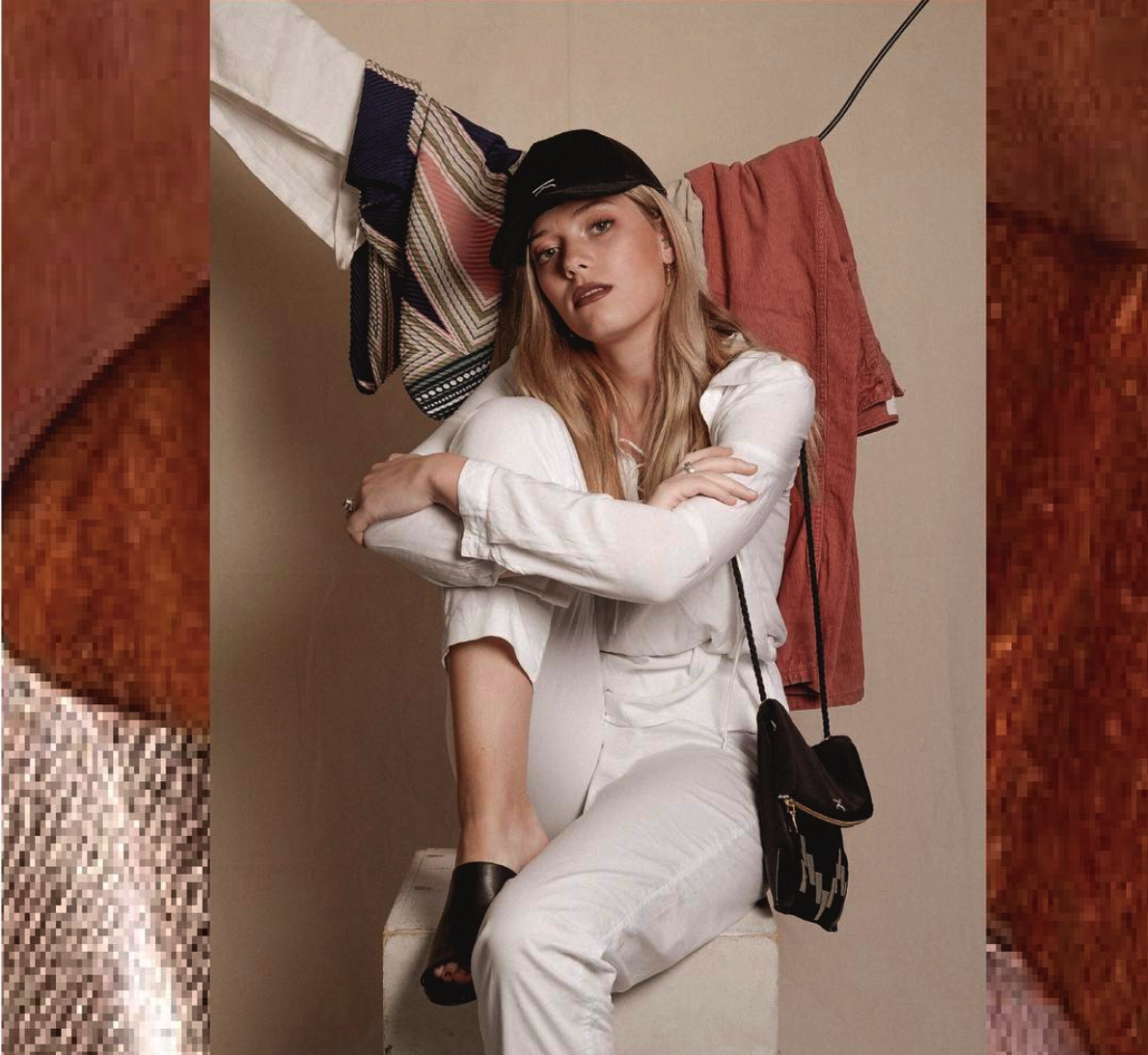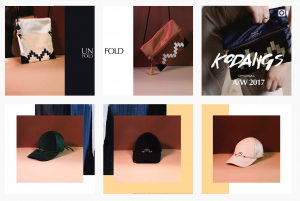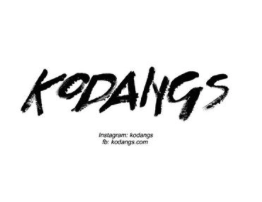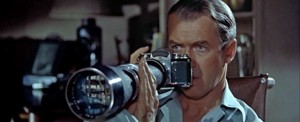PB 4
As mainly a producer within this fashion film project, it has been a great experience of learning especially for the first time doing producing. This film project allowed me to broaden my associations in terms of finding talents such as fashion designers and cast through connections. Not only did having these connections motivates myself to give faith in the film, it taught me great collaboration skills between talents and producers in the fashion film industry. Within these collaborative aspects of the project, what had greatly impacted me was how to work with a client and at the same time delivers my team’s artistic values on the project. It was important to not only consider the branding identity of the chosen client but what their needs and wants as to make a commercial fashion film let alone the target audience the ideas implemented is meant to be for. What was challenging though is proposing my team’s ideas towards the clients, due to different visions, styles and takes authority in leading the project forward without giving up too much control to the client. This is why we did an extensive research on the brand through their websites, Instagram account, their mood board, fashion styles and target audience as well as constraints.
Our production team worked well together in brainstorming ideas as we have similar goals and desires to make a natural aesthetics commercial fashion film influenced by Jessie Oldfield’s Countryroad advertisement. Each of us divided our roles as well as helped each other’s tasks during this learning process and the pre-production. The studio also allowed us freedom in managing our own production process and we had a smooth and successful shooting days with the scheduling on track. Although during the first shooting day, we needed more preparation in specific roles and direction, we all learned during discussion the things we need to improve and techniques so that the next shooting day consist of a better, clearer direction of shots, acting styles and roles. What helped the most are the pitches within the studios because of beneficial feedbacks from the panel as well as the members. Feedback act as our learning tips that assist even in a real-world experience which our team really took account on. Furthermore, watching other productions’ projects and ideas developed a later inspirations to our own film practice whether as individuals or as a group. Though what I feel is missing within the studio is the clear direction of specific role taking. Versatility is a great learning experience, though if there is a dominant role each person is responsible with, it could improve our filmmaking process. Hence, through the pitches and panel feedbacks along with inspiring talks and practicals with Jessie Oldfield, Nick, Robin and our studio leader Christina, our team have had influential production process techniques.
My overall performance as a media practitioner comes to my role as mainly the producer, but also as casting director, editor and continuity. I think I have done a successful job in communicating with my team members and the client so that the pre-production meetings, shooting days in which the star cast is available, and the editing schedule runs smoothly. It was a great learning experience as a first-time producer to organise our rights to film in public through communications with the City of Melbourne authorities, as we are filming within the city, while making sure that we even as students would not be breaking any laws. Moreover, during the post-production process comes the time when the client may not be satisfied of the overall look of the film and expresses the desire to obtain raw material or footages. As a producer receiving this information led me to do a further communication with the rest of the team and research on the rights of the client to obtain any raw materials. Although this conflicting issue took place, I am glad to come into discussion with the team and that we worked together to solve the issues through the resources such as Christina our studio leader who helped to give us insights and directions.
The way I have seen our methods or approach in this filmmaking project is related to fashion production. In fashion, there is the client, research, then brainstorm and rough ideas that leads to the prototype and planning before the final garment is constructed. As our team has chosen our client and undertaking this similar process of production, there is a basic foundation within the method that I found is essential for the succession of our film. That includes great communication and trust towards each other. Employing these methods has led a great success in the fashion film we produced whether one film focuses on the commercial side showing more of the products and the other lean into a more subtle artistic approach.
What was challenging though is keeping every team members together with an agreement on details specifically during the post-production. As we all were editing the piece with Premiere Pro in our RMIT basement-editing suite, each of us has different opposing ideas to input on the film. Due to the subjective individual visions of the edited piece, it is a great idea to either have different submission versions according to the experiment of individual wants and likes, or giving a sacrifice of the editing role in which everyone took to action. Therefore, what I find will improve not only the team but also my own performance and the overall success of the film project is sticking to each of our individual main roles. For example, who is the director will be directing instead of also taking action to do the editing in the process while the actual editor is working. Finally, we have come to the agreement to have each other’s freedom to experiment on their vision, resulting in two versions of the Kodangs fashion film in which each of us are happy with. Finally in overall terms, I am glad for the resolved issues and the success of our Kodangs fashion film in which our client can have the choice to put on their Instagram account. This implementation of fashion into filmic practicality has opened my eyes to a possibility of the creation of art through media.














